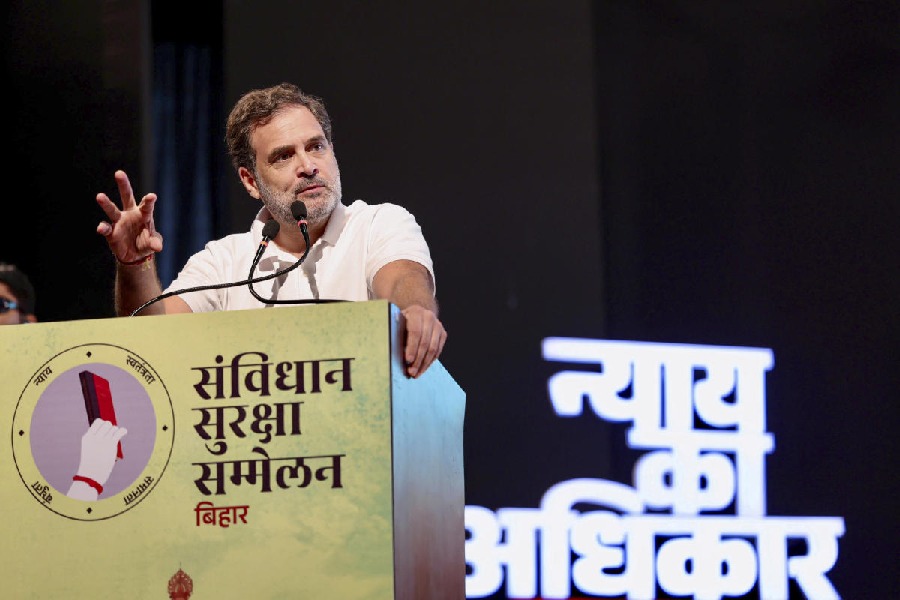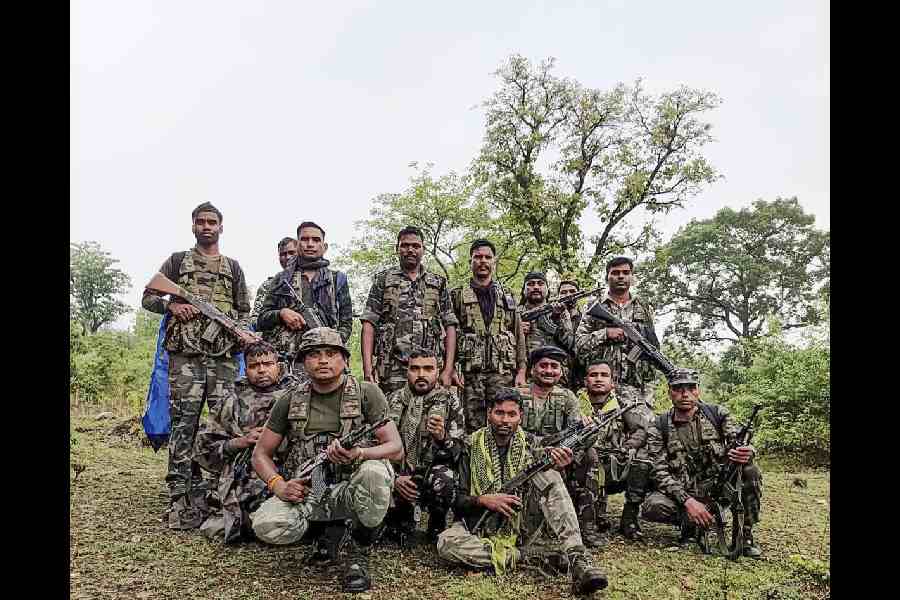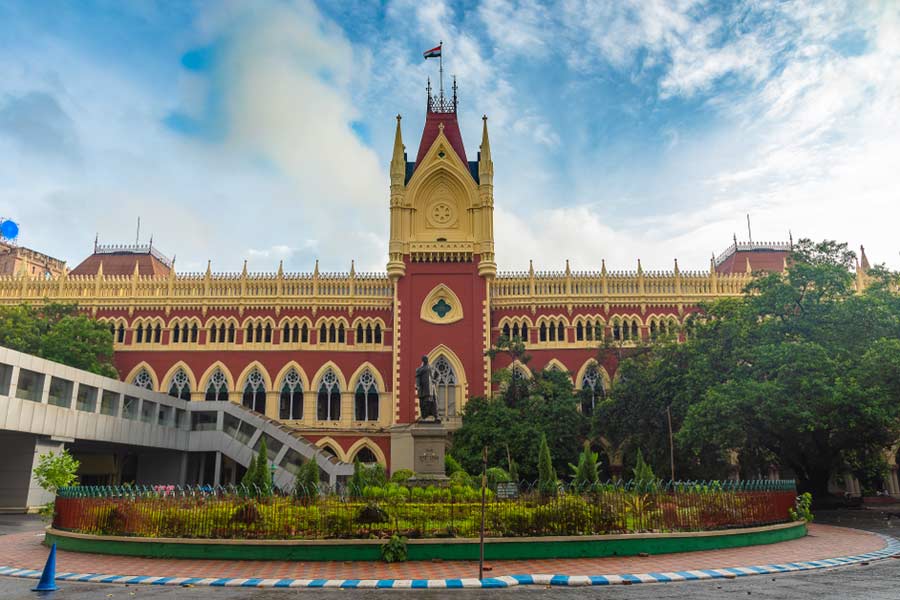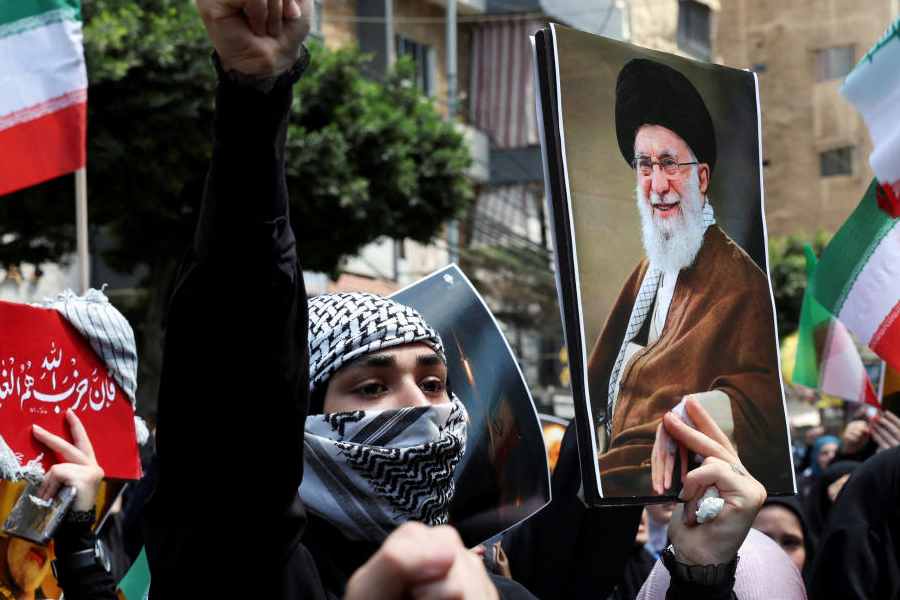New Delhi, June 23: A CRPF report has revealed how the Maoists and local villagers tricked its troops into becoming sitting ducks in the run-up to the April 24 massacre of 25 personnel at Burkapal village in southern Chhattisgarh.
The report, handed to Union home minister Rajnath Singh this week, accuses the Intelligence Bureau of failing to share specific intelligence but also blames its own personnel's "complacence" for their failure to notice telltale signs of the impending attack.
It questions the role of company commander J. Vishwanath, who was missing from the spot during the ambush and has now been suspended and subjected to a departmental inquiry.
According to the report, the troops were eating lunch about 12.30pm, sitting under trees, when they were attacked. "As troops of D/74 were taking lunch, their focus was on their food. Meanwhile, Maoists kept creeping in slowly and silently from three directions, south, east and west. There were some youths of Burkapal among them," the report, of which The Telegraph has a copy, says.
It cites how the local villagers had danced and played music through the previous night, celebrating a festival.
"It was done to create an illusion and complacence in the troops that public was present in the village and everything was normal," the report says.
"But the next morning, the whole village (Burkapal) was deserted. Troops could not discover (sic) that village had become deserted. They missed this vital fact."
It adds: "For the last several days before the attack, many unknown people were seen by villagers in the area doing recce. Villagers of Burkapal were aware of it. But CRPF troops were not aware. Thus, there was an information vacuum."
The report cites statements by villagers that the Maoists had occupied houses in Burkapal and nearby areas.
"Maoists had encircled the party of D/74 from three sides - east (forest), south (ravines, rocks and dense bushes) and west (bushes, and houses of Banjaripara, Totapara and Sarpanchpara)," it says.
"About 1250 hours, one of the troops of D/74 saw some movement in the bushes towards southeast, about 40-50 metres away. At first he thought it was some rabbit or animal. He pointed it out to other troops. Just then, sensing that they had been exposed, Maoists opened heavy fire."
Some among the troops ran towards the nearby boulders and ravines, but the Maoists had already covered those places. Some jawans took position along the embankments in the fields.
"As troops reached boulders and troughs/ravines and positioned themselves, they were shot from flanks. They had huddled themselves on rocks and in ravines. All the dead bodies were within 100 metres of each other, on the rocks, slopes of rocks and in ravines," the report says.
"During the encounter, Maoists kept running in crouched position.... Rocks and boulders provided protection to troops only from front, ie, south side, not from flanks and rear. Many Maoists had climbed trees, spreading themselves in a 200 metres long line north to south to block any flanking attacks by the CRPF.#It was extremely difficult to launch flanking attack by the CRPF ".
The report says: "There are claims by IB and superintendent of police, Sukma, that input on attack on the troops at Burkapal was given by them. But no such input was provided." It expresses concern that the Maoists have built a strong network of local informers and are using the tribal people as human shields.
Soon after the attack, Rajnath had asked the CRPF brass to examine the possible lapses and suggest measures to avoid repeats.











